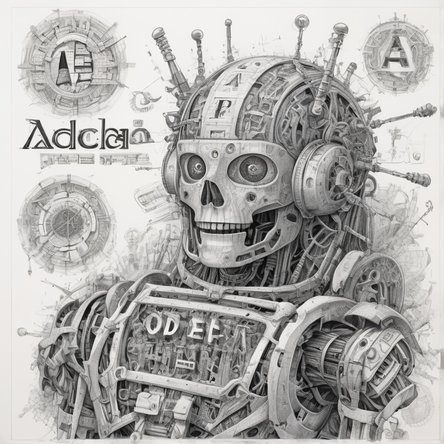Understanding 'No CAPTCHA'
Introduction to CAPTCHA
CAPTCHA, which stands for Completely Automated Public Turing test to tell Computers and Humans Apart, is a type of challenge-response test used in computing to determine whether the user is human. CAPTCHAs are designed to prevent automated bots from performing actions that could be detrimental to a website, such as creating fake accounts, spamming forms, or scraping content. Traditional CAPTCHAs present the user with a task that is easy for humans to complete but difficult for machines, such as identifying distorted text, selecting images based on a given description, or solving simple math problems.
The Evolution of CAPTCHA
Since its inception, CAPTCHA has evolved significantly. The early versions involved simple text recognition tasks where users had to type out distorted characters displayed in an image. Over time, as machine learning and artificial intelligence advanced, these text-based CAPTCHAs became increasingly easier for bots to solve. This led to the development of more sophisticated methods, such as image recognition CAPTCHAs, where users had to select images that fit a particular description, and reCAPTCHA, a service offered by Google that uses a combination of text and image recognition tasks.
The Rise of No CAPTCHA
As CAPTCHAs became more complex, they also became more burdensome for users. The tasks were often frustrating and time-consuming, leading to a poor user experience. To address these issues, the concept of "No CAPTCHA" emerged. No CAPTCHA aims to provide security against bots without the need for users to complete challenging tasks. Instead, it relies on more subtle and user-friendly methods to verify human interaction.
How No CAPTCHA Works
No CAPTCHA uses a combination of behavioral analysis and background signals to determine if a user is human. When a user interacts with a website, No CAPTCHA observes their behavior, such as mouse movements, keystrokes, and the time taken to complete actions. These data points are analyzed in real-time to distinguish between human users and automated bots. If the system is confident that the user is human, they can proceed without any additional verification steps. In cases where the system is unsure, it may present a simplified challenge, such as clicking a checkbox labeled "I'm not a robot."
Benefits of No CAPTCHA
The primary benefit of No CAPTCHA is its ability to improve the user experience by reducing or eliminating the need for users to complete complex tasks. This streamlined approach can lead to higher user satisfaction and increased conversion rates for websites. Additionally, No CAPTCHA can enhance security by leveraging advanced machine learning algorithms and real-time data analysis to detect sophisticated bots that might bypass traditional CAPTCHAs.
Implementing No CAPTCHA
Implementing No CAPTCHA on a website involves integrating a third-party service that offers this functionality. Google reCAPTCHA, for instance, provides an easy-to-use API that can be added to websites with minimal coding. The service continuously learns from millions of users to improve its accuracy and effectiveness. When integrating No CAPTCHA, it is important to ensure that the system is properly configured to balance security and usability.
Challenges and Considerations
While No CAPTCHA offers many advantages, it is not without challenges. One of the main concerns is the potential for false positives, where legitimate human users are incorrectly identified as bots. This can happen if a user's behavior deviates from typical patterns, such as using assistive technologies or accessing the internet through certain proxies or VPNs. To mitigate this risk, it is crucial to continuously monitor and adjust the system's parameters based on real-world usage data.
The Future of No CAPTCHA
The future of No CAPTCHA is likely to see further advancements in artificial intelligence and machine learning, enabling even more accurate and seamless human verification. As these technologies evolve, No CAPTCHA systems will become more adept at distinguishing between humans and bots, reducing the need for any user interaction. This will lead to a more frictionless online experience while maintaining robust security measures.
Conclusion
No CAPTCHA represents a significant step forward in the ongoing effort to balance user experience with security. By leveraging advanced technologies to unobtrusively verify human users, No CAPTCHA can enhance both the usability and security of online services. As the internet continues to grow and evolve, the importance of effective bot detection and prevention will only increase, making innovations like No CAPTCHA essential for the future of web security.




